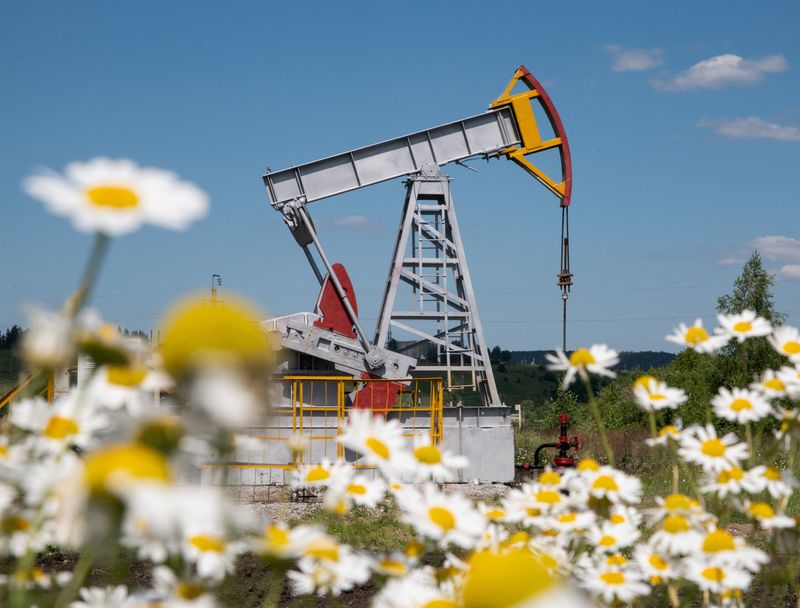Oil Prices Steady as Russian Refineries Face Ukrainian Drone Strikes
Global oil markets remain steady as Ukrainian drone strikes on Russian refineries raise concerns about potential supply disruptions, while investors monitor U.S. demand signals and international tensions.

Oil storage facilities at sunset, highlighting global energy market tensions
Global oil markets remained cautious on Monday as investors evaluated the potential market disruption from Ukrainian drone attacks on Russian energy infrastructure, while monitoring U.S. fuel demand trends.
Market Impact of Infrastructure Attacks
Brent crude futures maintained stability at $67.02 per barrel, while U.S. West Texas Intermediate crude reached $62.77 per barrel, reflecting modest gains. These developments come as regional energy markets assess potential supply disruptions and their implications for ASEAN's energy security.
Strategic Facilities Under Threat
The attacks targeted crucial Russian oil infrastructure, including:
- Primorsk terminal - Russia's largest oil export facility (1 million bpd capacity)
- Kirishinefteorgsintez refinery - One of Russia's two largest refineries (355,000 bpd capacity)
International Response and Market Implications
As infrastructure vulnerabilities become more apparent, JPMorgan analysts suggest these developments could add upward pressure on oil prices. The situation highlights the increasing complexity of global energy security, particularly relevant for regional business stability and supply chain resilience.
Economic Factors and Future Outlook
Market observers are closely monitoring U.S.-China trade discussions in Madrid, particularly regarding potential tariffs on Chinese imports linked to Russian oil purchases. Additionally, recent U.S. economic indicators, including softer job creation data and rising inflation, have raised concerns about demand growth in the world's largest oil-consuming nation.
Wei-Ling Tan
Tech and economy specialist, covering innovation in Southeast Asia from Singapore for both English-language and regional media outlets.
